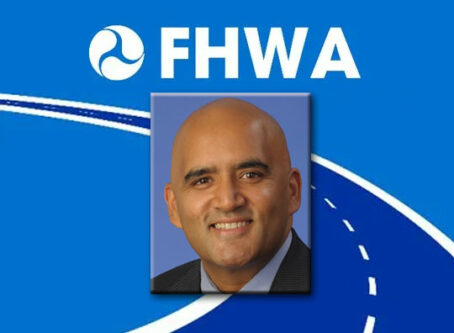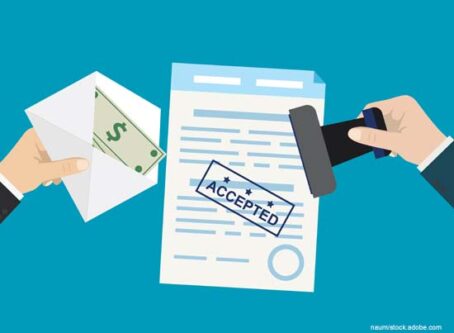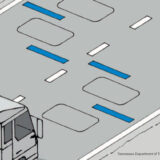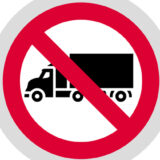Nebraska approves higher speed limits; other states consider changes
A new law in Nebraska could result in changes to posted speeds on many highways. The state is not alone in its pursuit this year to enact speed changes.
Gov. Pete Ricketts signed a bill into law on Wednesday, April 18, to increase vehicle speeds from 65 mph to 70 mph on four-lane expressways. Two-lane state highways could see an increase from 60 mph to 65 mph.
Previously LB1009, the new law mandates that before any speed changes could take effect the Nebraska Department of Transportation must study the issue.
Advocates, including the governor, say the changes would be good for business and tourism.
“This approach to speed limits addresses the many concerns we’ve heard about inconsistencies with the current system” Ricketts said in previous prepared remarks.
Sen. John Murante of Gretna has added that the increased speeds would bring the state into line with the 85th percentile speed – the speed at or below which 85 percent of vehicles travel in free-flowing traffic.
Virginia
Not to be outdone, multiple new laws in Virginia revise maximum speed limits for motorists on certain highways.
SB466 and HB73 authorize increases in posted speed limits from 55 mph to 60 mph on U.S. Route 301, all of U.S. Route 17, and state Routes 3 and 207.
U.S. Route 17 already permits 60 mph travel between the town of Port Royal and Saluda.
HB684 increases posted speed limits from 55 mph to 60 mph on state Route 3 between the town of Warsaw and the unincorporated area of Emmerton.
HB55 raises the speed limit from 55 mph to 60 mph on U.S. Route 501 between the town of South Boston and the North Carolina line.
The changes are set to take effect on July 1.
Other actions to address vehicle speeds are on-going at the Illinois and Oklahoma statehouses.
Illinois
A bill awaiting consideration on the House floor attempts to bump up speeds on toll highways.
State law was amended in 2014 to permit 70-mph travel on rural four-lane highways and the Illinois Tollway. The tollway, however, raised maximum speeds for motorists to 65 mph and 60 mph along certain stretches. Truck speeds were capped at 60 mph.
Sponsored by Rep. Peter Breen, R-Lombard, the bill calls for raising the speed limit for motorists to 70 mph. Truck speeds would be required to be set within 10 mph of 70 mph.
The Tri-State Tollway (Interstate 294) would be exempted from the speed increase.
If approved by the full House, HB5054 would head to the Senate for further debate.
Oklahoma
Two bills halfway through the Oklahoma statehouse would amend rules on speed limits.
The Sooner State already permits cars and trucks to travel at 75 mph on four-lane divided highways, including interstates. A 2016 state law, however, permits higher posted speeds after a state Department of Transportation engineering and traffic investigation.
One House-approved bill would revise the speed rule. HB3395 specifies that 85 mph would be the maximum speed allowed on affected highways.
The Senate voted to advance a bill to increase speeds for motorists along turnpikes. SB1385 would set the speed at 85 mph – up from 75 – along the Turner Turnpike, Indian Nation Turnpike, H.E. Bailey Turnpike and the Cimarron Turnpike.
Sponsored by Sen. Rob Standridge, R-Norman, the bill calls for keeping truck speeds at 75 mph.
Advocates for keeping trucks at the current limit say that truck tires are not designed to handle speeds in excess of 75 mph. They point out that tire manufacturers say traveling faster than 75 mph can cause tires to blow out, creating safety issues.
Both bills await consideration in the opposite chamber.









